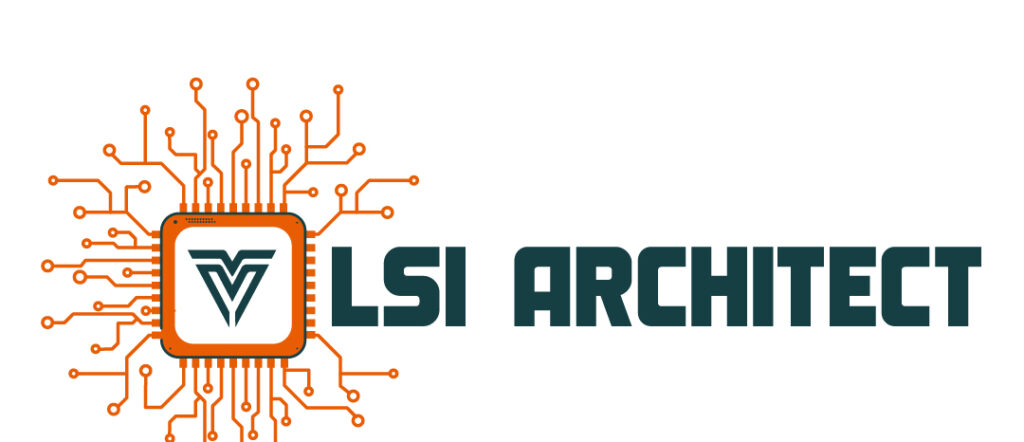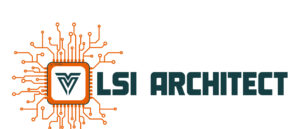Deep Learning in VLSI Design
As scale, variability, and time-to-market pressures intensify, deep learning augments traditional EDA with GPU acceleration, graph reasoning, and physics-informed models. Consequently, AI is reshaping placement, test cost, DRC predictability, and EM reliability.
For advanced readers, deep learning in VLSI is no longer experimental; rather, it is a practical lever for quality-of-result (QoR) and turnaround time (TAT). Moreover, by embedding domain constraints into learning, engineers achieve speedups without sacrificing sign-off fidelity.
GPU-Accelerated Placement with DREAMPlace
Placement is traditionally computation-heavy. However, DREAMPlace reframes global placement as a differentiable optimization in a deep-learning stack (PyTorch), thus exploiting modern GPUs:
- Wirelength becomes the loss; density constraints act as regularizers.
- Gradient-based solvers (e.g., Nesterov, Adam) drive continuous optimization.
- GPU batching delivers substantial parallelism end-to-end.
Deep Learning for Analog IC Performance Testing
Post-package analog test is expensive and time-consuming. Instead, a data-driven framework can map measured responses to target specs using deep neural networks (DNNs). Consequently, test coverage is maintained while module count drops.
- Each stimulus–circuit module is modeled by a compact DNN.
- Module selection is optimized (0–1 ILP) to minimize hardware/time.
- A final aggregator DNN fuses predictions for robust accuracy.
TSV Assignment in 3D ICs with Multi-Agent RL
As 3D integration gains momentum, TSV assignment becomes a multi-objective challenge (wirelength, congestion, thermals). Here, an attention-enhanced multi-agent deep RL approach (e.g., ATT-TA) cooperatively optimizes across layers.
- Each TSV layer acts as an agent with local observations and actions.
- A centralized critic with attention enables coordinated decisions.
- The policy adapts as designs scale, improving both PPA and thermal headroom.
DRC Violation Prediction via GCN-CNN Hybrids
Late-stage DRC errors drive costly iterations. Therefore, early hotspot prediction from placement features is critical. A serial GCN→CNN model captures netlist structure and spatial context, respectively.
- Graph Convolutional Networks encode connectivity and congestion cues.
- Convolutional layers learn local geometric patterns from grids/tiles.
- Feature-reuse skips restore attenuated signals across deep stacks.
Physics-Informed DL for Electromigration Reliability
At advanced nodes, electromigration (EM) is a first-order reliability risk. Consequently, solving Korhonen-type PDEs quickly—and accurately—is essential. A physics-informed neural network (PINN) imposes governing equations and boundary conditions directly in the loss, which yields:
- Mesh-free stress evolution across arbitrary spatio-temporal domains.
- Incorporation of stochastic diffusivity for segment-level variability.
- Speedups over traditional solvers while retaining sign-off-grade fidelity.
Conclusion: Toward AI-Native EDA Flows
Collectively, these advances illustrate a broader shift: deep learning in VLSI is evolving from add-on heuristics to core infrastructure. Not only does AI accelerate placement and test, but it also anticipates DRC issues and quantifies reliability—while respecting physics and constraints.
Suggested internal links: AI-Driven Chip Design • VLSI Verification • Analog IC Design
SEO focus: deep learning in VLSI, AI for EDA, GPU placement, DRC prediction, 3D IC reinforcement learning, physics-informed neural networks for EM.


